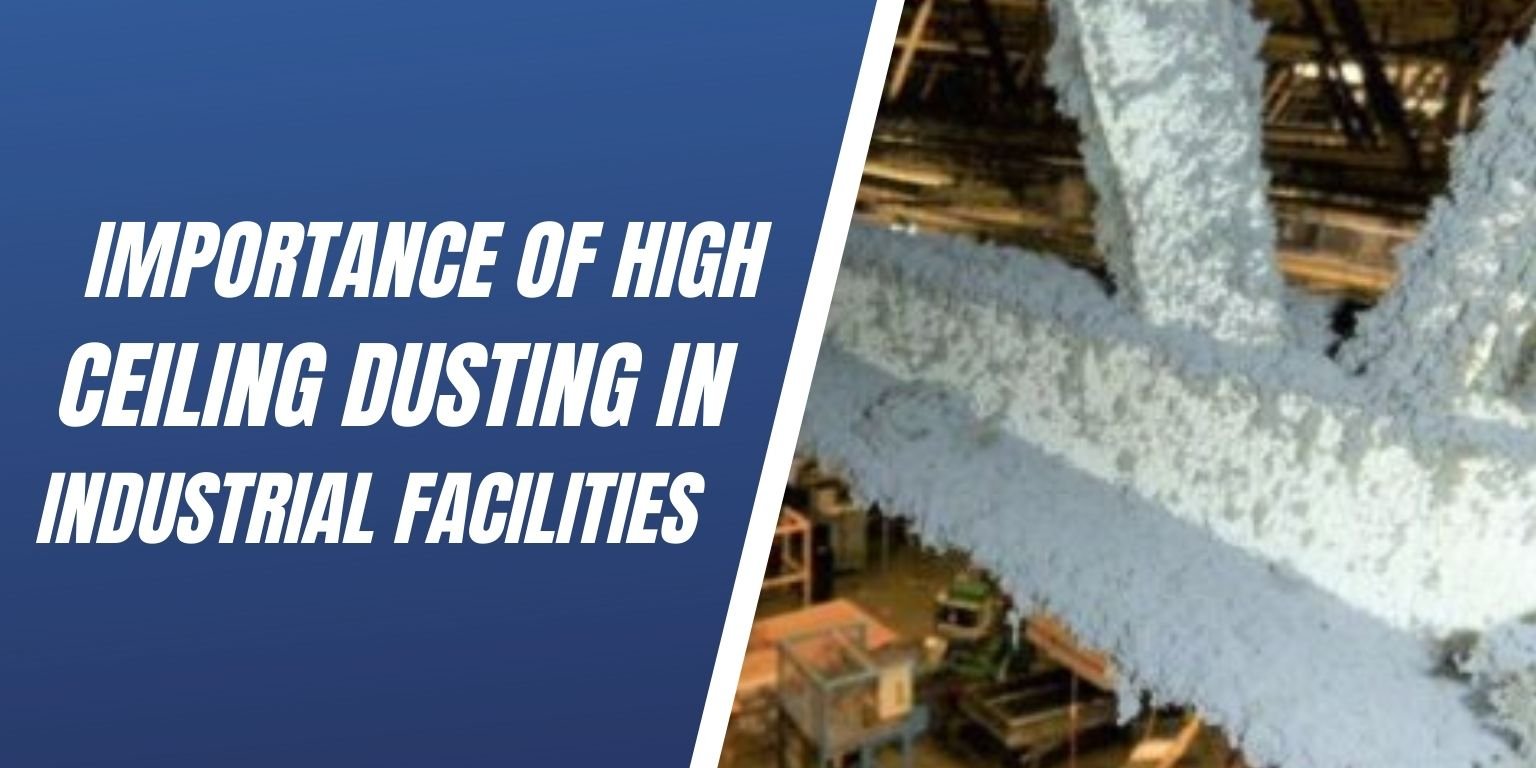
Most industrial plants produce some sort of dust during the manufacturing process. Walking through a factory or warehouse it’s easy to see dust or dirt at eye level or below, but it’s not often that people look up at the high surface areas. Not to mention, when looking up, high surfaces may appear to be clean, when in actuality they are covered in dirt, dust, and debris. These pollutants are common to find on the surfaces of ceiling and rafters of many manufacturing and production facilities. While it seems that high surface dust is not hurting anything, it is actually causing numerous problems within the building. This is why it is important to include high ceiling dusting in your facility’s industrial cleaning plan, otherwise there will still be incredible amounts of dirt present.
Issues That Could Happen If High Ceiling Dusting Isn't A Part of Your Facility’s Industrial Cleaning Plan
Falling Debris / Contaminating Machinery
Vibrations and air movement in the building can shake loose the built up dust, which will fall down to contaminate production areas below. This can lead to higher than expected numbers of quality control issues, or even damage sensitive machinery.
Visible dirt can make the workplace look unattractive and dingy, which is unappealing to employees and customers. It’s also important to clean these surfaces to prepare for painting or other maintenance work.
Combustible Dust Hazard
Certain types of dusts can pose a fire hazard when they collect in large enough areas. Many secondary explosions in factories have been caused by an explosive dust cloud forming when dust is knocked down from high surfaces. The NFPA says that just 1/32 inch of dust over as little as 5% of the surface area of a room creates explosion hazards- rafters, ceilings, and other high surfaces typically add up to more than 5% of the surface area of the room.
Code Required
Based on this NFPA requirement OSHA will inspect these areas for a build-up of dust, and will give expensive citations for any accumulations.
HVAC Efficiency Issues / Employee Health
Collected dust can create the ideal breeding ground for mites, mold, bacteria, viruses, and even insects or rodents. In just 1 gram of dust there can be between 100 and 500 dust mites, so just imagine the number of mites in all the dust collected in your rafters. These mites and mold cause allergic reactions in some people; bacteria and viruses spreading through the building make your employees sick. All of this contributes to poor indoor air quality, which the EPA says is a leading environmental threat and a major cause of airborne sicknesses.
Chunks of this dust build up throughout the ventilation, clogging the HVAC system and making it work harder to move air through the building.
Accumulated dust can also cause it to create foul odors, and start to break down the surface it’s on. In some cases it results in rust or rot on the surface. If you’ve noticed an odd smell that won’t seem to go away, it might be dust rotting above your head.
Even if the rest of a building looks spotless, if the ceiling and rafters haven’t been cleaned there are many problems that can occur. High ceiling dusting will help remove dust, dirt, grease, and other materials commonly found on the high surfaces of manufacturing and production facilities.
For more information about high ceiling dusting for you facility, Contact Us Here or call us at 888-845-3952 to find out how Hughes Environmental can help you keep your facility clean and healthy.

